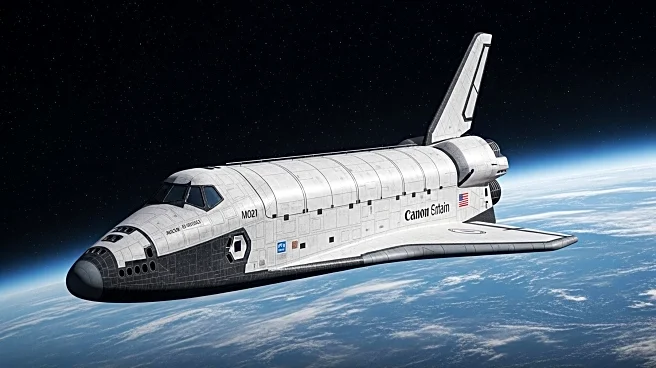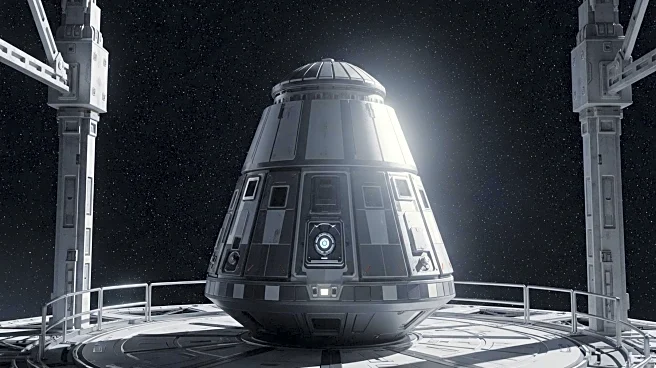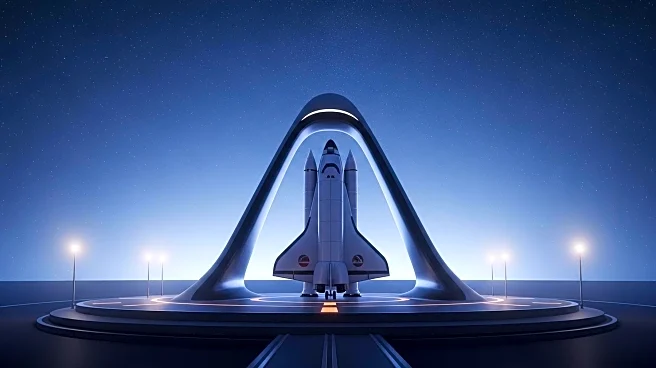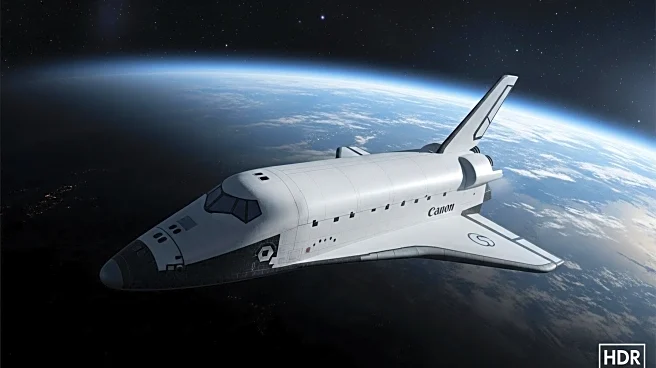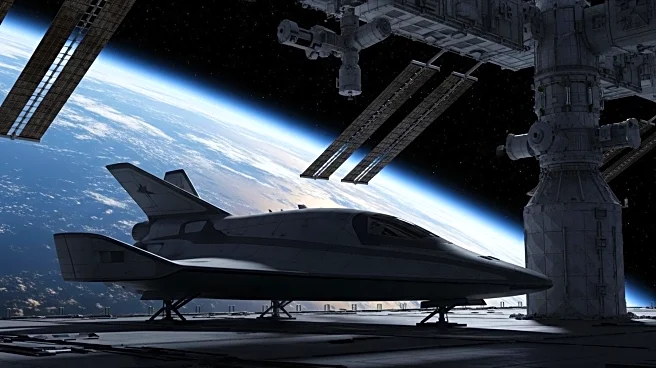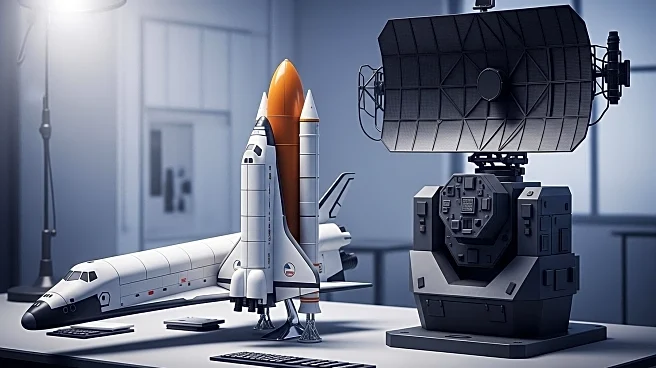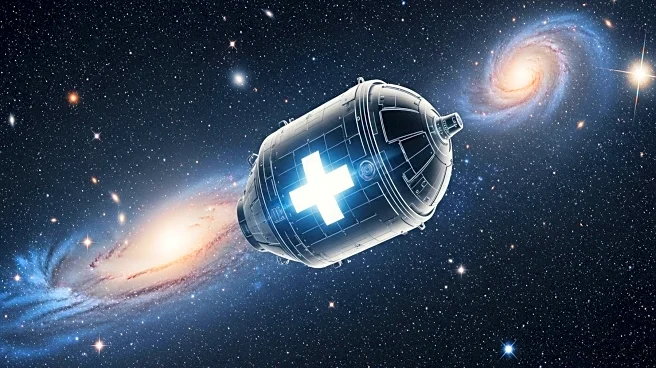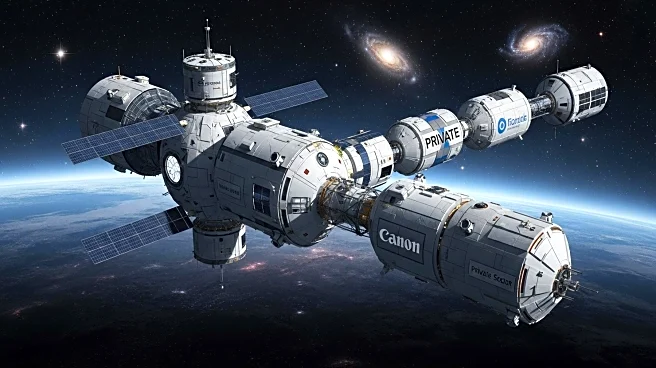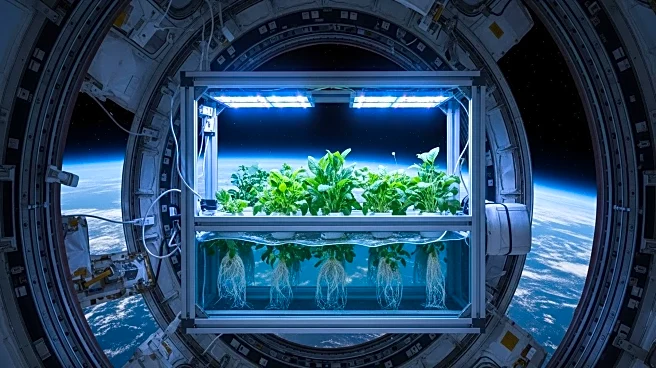What's Happening?
NASA and Sierra Space have updated the Commercial Resupply Services-2 contract, initially intended for the Dream Chaser spaceplane to supply the International Space Station (ISS). The revised contract now includes a free-flight demonstration scheduled for late 2026, with NASA no longer obligated to order a specific number of resupply missions. The Dream Chaser, derived from NASA's HL-20 concept, has faced delays, and its launch date has been postponed multiple times. With the ISS set to be deorbited in 2030, the likelihood of Dream Chaser reaching the station is uncertain. NASA's International Space Station Program Manager, Dana Weigel, acknowledged the challenges in developing new space transportation systems, which often take longer than planned. The contract modification allows NASA to preserve the option to use Dream Chaser while also considering other potential destinations for the vehicle.
Why It's Important?
The contract modification reflects NASA's strategic approach to managing its resupply needs for the ISS, which will continue to be met by SpaceX and Northrop Grumman. The decision to potentially exclude Dream Chaser from ISS missions highlights the agency's focus on efficiency and risk management, given the limited operational timeframe of the ISS. Sierra Space's shift towards defense technology and national security priorities indicates a broader industry trend where space companies diversify their capabilities to address emerging threats. This development underscores the importance of adaptability in the space industry, as companies navigate technological challenges and shifting market demands.
What's Next?
The free-flight demonstration of Dream Chaser in late 2026 will be a critical milestone for Sierra Space, potentially opening new opportunities for the vehicle beyond the ISS. As commercial space stations emerge, Dream Chaser may find alternative destinations, aligning with Sierra Space's focus on defense technology. NASA's decision to keep its options open regarding Dream Chaser flights reflects a cautious approach, allowing flexibility in response to evolving space station needs. The outcome of the demonstration will likely influence future contracts and collaborations within the space industry.

